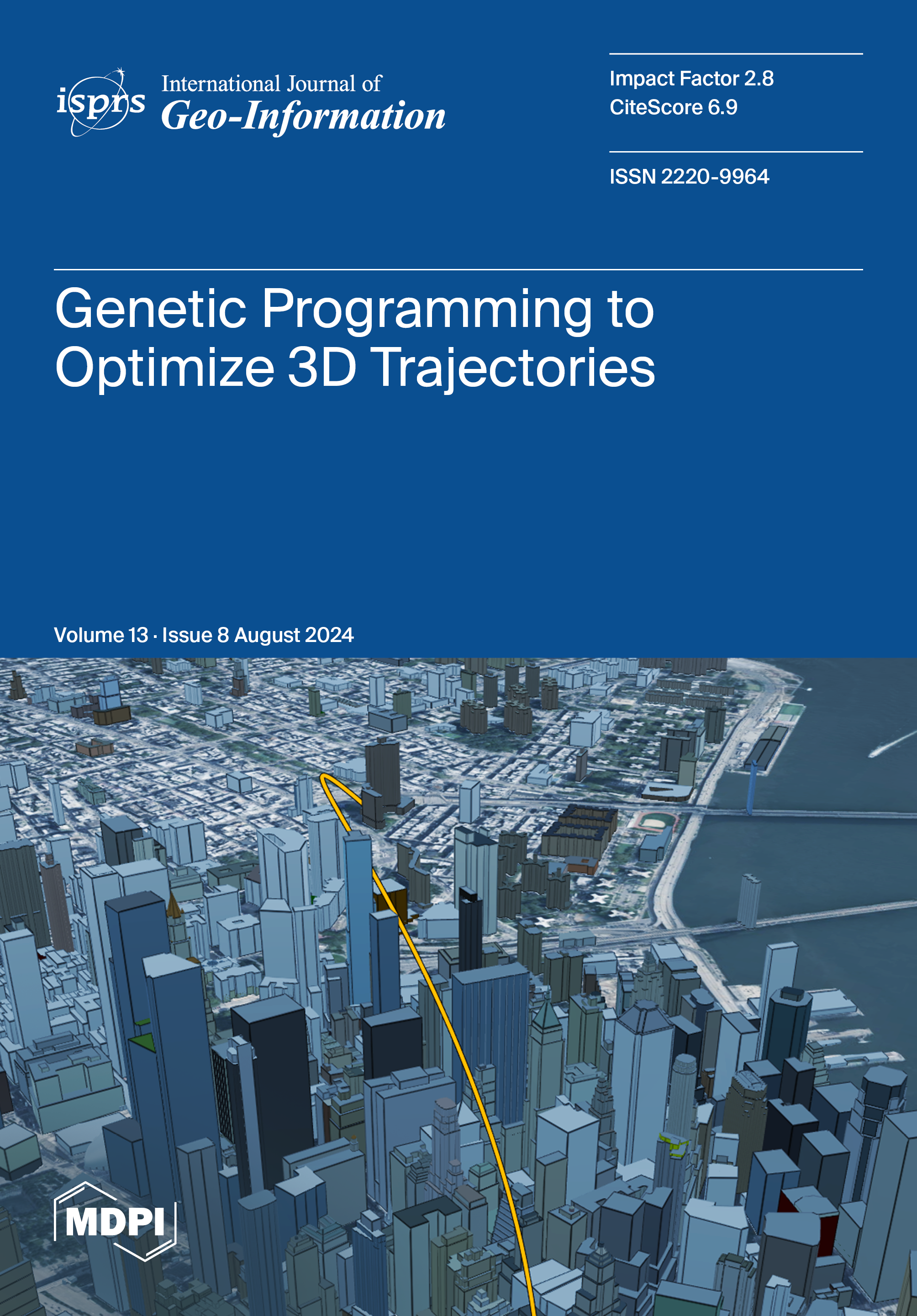MSc thesis proposes novel optimisation algorithm for 3D trajectories
André Kotze is a former graduate of our Erasmus Mundus Master in Geospatial Technologies. For his master’s project, he studied the field of genetic programming applied to the problem of trajectory optimisation. This is a well-known topic in GIScience. As he progressed through his master’s project, it became quite clear that many studies had already been done in trajectory optimisation and that several methods using artificial intelligence, including evolutionary algorithms, were currently in use. However, these methods were overwhelmingly limited to two dimensions, discontinuous space, or both. Only a small fraction of the surveyed studies ventured into the third dimension and continuous space, and they encountered limitations in terms of speed and automaticity.
It was evident that his master’s thesis would focus on this specific topic: 3D trajectory optimisation. The next step was to select the optimization method and we found the answer as we analysed the related literature: genetic programming-based approaches were highly underrepresented in the existing literature, suggesting that the application of genetic programming to the 3D trajectory optimization problem was a novel approach worth investigating.
André successfully defended his thesis and a related paper was subsequently submitted to an academic journal. Here’s the result.
André Kotze, Moritz Hildemann, Vítor Santos, Carlos Granell. Genetic Programming to Optimize 3D Trajectories. ISPRS International Journal of Geo-Information, 13(8):295, 2024.
The article also appeared on the cover of the August 2024 issue of the ISPRS International Journal of Geo-Information.

Here is the brief account:
We propose a novel trajectory optimization method using function trees encoded as genetic programs to produce three-dimensional geographic flight routes. Genetic programming (GP), a form of evolutionary computation and an artificial intelligence technique, is used to optimize these functions over tens or hundreds of generations (iterations). A heuristically optimal route is found by applying selective pressures to a population of genetic programs, such as non-intersection with obstacles and restricted areas, along with minimized distance and travel times. GP parameterization is also explored, and its advantageous and detrimental effects are discussed. The proposed algorithm outperforms existing methods in terms of speed and robustness, highlighting the potential for GP applications to complex spatial optimization problems.
Read the full story at https://doi.org/10.3390/ijgi13080295
- Posted by geoadmin
- On 10 November, 2024
- 0 Comments



0 Comments